Josie/Jocelyn Deane reviews “I said the sea was folded” by Erik Jensen
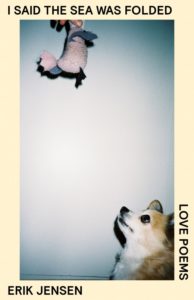 I Said The Sea Was Folded
I Said The Sea Was Folded
by Erik Jensen
ISBN: 9781760642914
Reviewed by JOSIE/JOCELYN DEANE
The first poem, chronologically, in I said the sea was folded begins
I don’t know if you read poetry
I don’t know if I write it.
(p.55)
Jane Hirshfield tells the speaker of the book, in another, that poems “are a diary note/ to remember what happened”. Poetry— its writing, language and the ways it can make sense of love/wounded time— is the first preoccupation of Erik Jensen’s book, in spite of its promotion as “love poems”.
If I said the sea was folded has a unifying trick, it is the framing of poetry— as an activity, an artefact, a mediation of language— as inherently concerned with itself. This isn’t new— every kind of poetry is implicated by the limits of its field— but through its dramatization, Jensen makes it the engine of his poems, and the narrative at their core. It insists that any kind of therapy or catharsis poetry can affect first passes through the poem as a text, revelatory and profoundly alienating at the same time, for reader and speaker. It’s no surprise that the book ends with a gloss on what is inexpressible, as “the background against which/ anything I could express has its meaning”; any poetry concerned with itself-as-poetry ends in the same place, turns liberating and restrictive.
Most of the poems directly enact this passage through themselves—and the medium of the speaker— detailing their own construction. The book is divided into 3 non-linear chronological segments, starting from the end of a relationship. Some play on a motif that appears across each segment, decontextualizing as time rewinds. Poems refer back to each other, to their germ at the beginning of the relationship, only to emerge bitter and accusatory at the end. A poem about the love language of turtles— precious in its inexpressibility through human terms, its lack of projection— is foreshadowed by its later, first appearance, when the speaker spits
why did you shout last night, when all we wanted
was to feel the simple, placable love
of a turtle stacked up on a turtle?
(p.14)
Other works— ‘Pinter’s Betrayal’, ‘Nick Payne’s Constellations’— use non-linear time to excavate the normativity of works inspired by love: inverting the dramatic arc of meet cute, juxtaposing romantic gestures with their fizzling out, coupling them the self-interest. It has the effect— ironically— of emphasising the radical contingency of romantic relationships. Something portrayed as normal/monolithic is tessellated with a thousand shards of gender-play, class signifiers and naturalisation. Addressing their partner, the speaker defines the poems in their book, subject and object, as “the ways I’ve tried to look”, approaching their partner’s non-binary self, “broken off in the parts I’ve wanted to see”. This “trying to look”, defined by its engagement with failure, finds its corollary in the inexpressibility of poetry, that “Words are not enough… they exist too much/ for the people that made them”, as the speaker reports their partner saying.
If the poems pass through themselves in I said the sea was folded, that passage involves reaching for each other, and— through each other— the absent beloved, remote in space/ time and— the speaker dramatizes— driven away by the normativity of poetic discursiveness and— the speaker insinuates— the speaker’s own norminess, their reproductions of those norms in speech. The poems as a result are sparse, connotative, to the point of vagueness, the recording of imagistic details, juggling/juxtaposing poetic diction with simple, deliberately banal records of the relationship, as if to invite and stave off interpretation. They “hold in place/even when the other/is no longer here”.
Linguistic reference, not only to themselves but as a whole, becomes a key technical, thematic and ethical concern of the poems. Through reference they transcend, feed back into each other’s use of metaphor/imagery and establish a poetic whole out of the disjointed timeline, all while their essential emptiness and arbitrariness are emphasised. Individually, the poems can read as circling a void. A list of vague, deliberately poeticized descriptions of trees “fixed against the sky… their branches bent/as if the cold had stunted them”, “hedges of agapanthus” and “money/after it had been spent” conclude with “I suppose what I’m trying to say is/ I love you”, direct address immediately couched in/ out of the speaker’s suspicion of language and its stock trade. In one poem the speaker’s grandmother offers a warning, in two lines, “against poems/ she said they are forever”, the rest of the blank page almost a literalisation of this. There’s a sense of almost-tragic irony in the poems: they enact a double movement between sense-making and performative contradiction. In the prologue Jensen offers a mea culpa to the poem’s addressee: “I wish I met you now/but of course I met you then/and the rest of that time/is just what happened”. Reading through the book linearly, using the poetry’s logic to piece the continuity together, following the speaker’s own desire to “let you be/ to feel it for yourself”, we end in a place full of promise and retroactive empathy that cannot be real.
It’s in this continually moving/retreating space that the ethical desire of I said the sea was folded lives. In writing “love poetry” where the beloved is conspicuously absent, their construction put in air-quotes, Jensen tries to build a space where the deferral of reference comes to signify a queer, non-binary being, the “background against which/ whatever I could express has its meaning” . In this he mirrors, and directly draws on, Maggie Nelson, citing her “complaint/about the instability of likeness” that retroactively informs the poetics of the book. As the speaker murmurs: “one tree is like another tree/but not too much”. In this space hollowed out by the poems— Jensen implies— a love poem that can adequately represent a non-binary beloved, from a cisgender perspective, can take shape. A kind of representation— the paradox is intentional— predicated on inexpressibility, the perfect silence of a “good ally” that doesn’t overstep their boundaries. Jensen frames this as a hard won ethical lesson on his part, after the breakup, “Nothing occurs in order/although it takes a whole life to realise/so I haven’t”. At the same, it’s a lesson predicated on cis incomprehension, and inevitable tragedy. If the cisnormativity of love poetry is critiqued through the book’s structure/poetic style, it seems to conclude in a fatalism complementary to “good allies”: I will inevitably, tragically misrepresent you in my poetry, and I’m truly sorry. My intentions were good. Cis people, this is what you must take heed of to avoid my sorry fate, the limits of my poetic language and world.
If the poems of the book set up a negative dialectic, opening up space for non-binary reference/critique, the cis speaker remains an unmoved mover, perfectly still, separated from all that gender through their work. But the true issue is, as a non-binary person, I can’t believe in the inexpressible. Or at least the version reified by Jensen or Nelson. A reckoning with what being non-binary implies— a critique of colonial gender construction, the ongoing role of gender in upholding white patriarchy and capitalist accumulation, the kind of limiting subjectivity that is affixed to the “non-binary beloved”— seems beyond it. If non-binary space— Jensen writes— is a kind of via negativa, I couldn’t think of something more obstructive to it than this deployment of the “inexpressible”, or the poetry it suggests. It makes me think of the tweet: a weeping voice tells someone that they can’t simply say everything is a gender. The person, unmoved, points at a weird cloud, a cat, a sloth-mug: gender, gender, gender.
What does this all add up to? A series of finely detailed, observant poems that don’t hang together? A structure and poetics that turns that lack into a good technique, a kind of join-the-dots that performs an interesting self-critique of poetic language and tradition, which— like Nelson’s work— is more important for what it crystalizes than opens up? In the end, I’m encouraged to take this kind of poetry from cis lovers of non-binary people, in the same way I’m encouraged to accept good allyship… What I have time for in the work I should appreciate, and the idea of the inexpressible I’ll try to disabuse, to prevent it causing potential mischief among the good cis people. Meanwhile, I’ll be over here with my partners.
References:
- Nelson, Maggie. The Argonauts, Minneapolis, Greywolf Press, 2015, print.
JOSIE/JOCELYN DEANE is a writer/student at the University of Melbourne. Their work has appeared in Cordite, Australian Poetry Journal and Overland, among others. In 2021 they were one of the recipients of the Queensland Poetry Festival Ekphrasis award. They live on unceded Wurundjeri land.
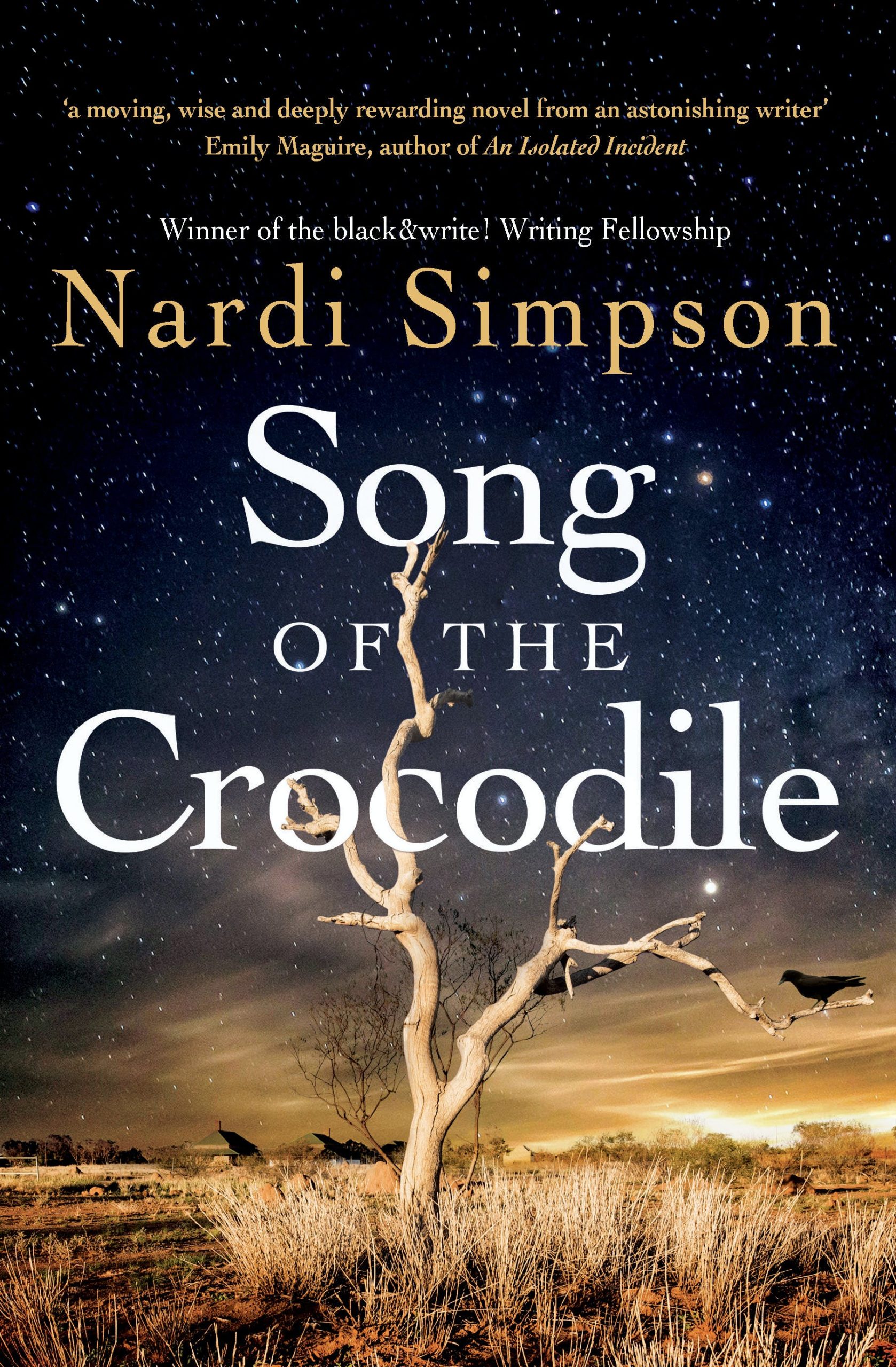 Song of the Crocodile
Song of the Crocodile  Michael Aiken is a four-time recipient of a unique and delightful child, and the founder, owner and servant-in-chief of Garden Lounge Creative Space, Sydney’s only specialist poetry shop and licenced café. His first poetry collection, A Vicious Example (Grand Parade 2014) was shortlisted for the Kenneth Slessor Poetry Prize, the Mary Gilmore Prize and an Australian Book Design Award. His second book, the verse novel Satan Repentant (UWAP 2018) was commissioned by Australian Book Review for their inaugural Laureate’s Fellowship, as selected and mentored by David Malouf. His most recent poetry collection is The Little Book of Sunlight and Maggots (UWAP 2019).
Michael Aiken is a four-time recipient of a unique and delightful child, and the founder, owner and servant-in-chief of Garden Lounge Creative Space, Sydney’s only specialist poetry shop and licenced café. His first poetry collection, A Vicious Example (Grand Parade 2014) was shortlisted for the Kenneth Slessor Poetry Prize, the Mary Gilmore Prize and an Australian Book Design Award. His second book, the verse novel Satan Repentant (UWAP 2018) was commissioned by Australian Book Review for their inaugural Laureate’s Fellowship, as selected and mentored by David Malouf. His most recent poetry collection is The Little Book of Sunlight and Maggots (UWAP 2019).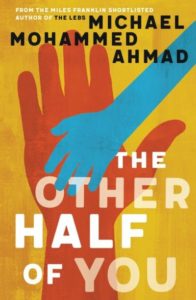 The Other Half of You
The Other Half of You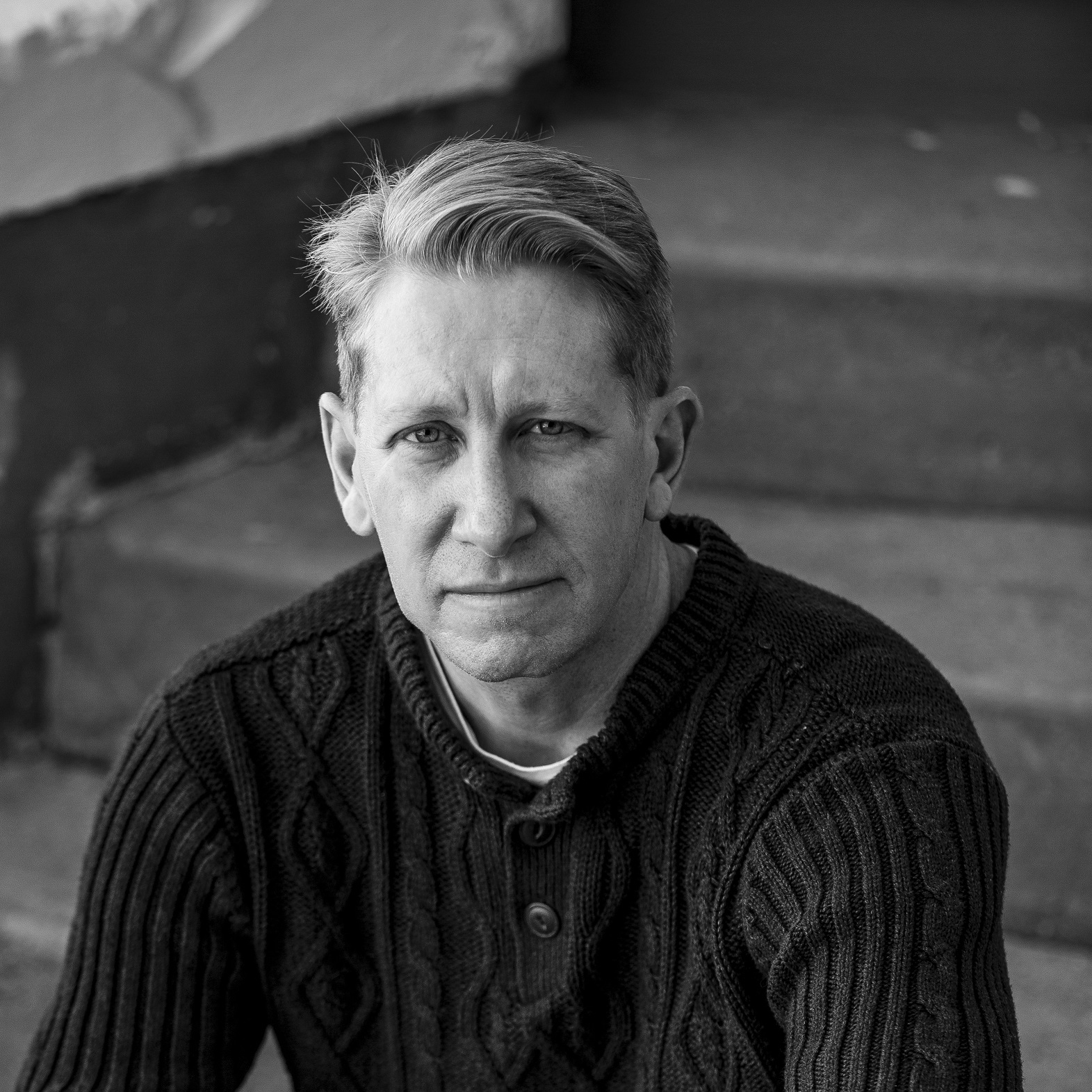 Nathanael O’Reilly is an Irish-Australian residing in Texas. His books include (Un)belonging (Recent Work Press, 2020); BLUE (above/ground press, 2020); Preparations for Departure (UWAP, 2017), named a Book of the Year in Australian Book Review; Cult (Ginninderra Press, 2016); Distance (Ginninderra Press, 2015); Suburban Exile (Picaro Press, 2011); and Symptoms of Homesickness (Picaro Press, 2010). More than 200 of his poems have appeared in journals and anthologies published in thirteen countries, including Antipodes, Anthropocene, Backstory, Cordite, fourW, FourXFour, Headstuff, Marathon, Mascara, Postcolonial Text, Skylight 47, Snorkel, Strukturiss, Transnational Literature, Westerly and The Newcastle Poetry Prize Anthology 2017.
Nathanael O’Reilly is an Irish-Australian residing in Texas. His books include (Un)belonging (Recent Work Press, 2020); BLUE (above/ground press, 2020); Preparations for Departure (UWAP, 2017), named a Book of the Year in Australian Book Review; Cult (Ginninderra Press, 2016); Distance (Ginninderra Press, 2015); Suburban Exile (Picaro Press, 2011); and Symptoms of Homesickness (Picaro Press, 2010). More than 200 of his poems have appeared in journals and anthologies published in thirteen countries, including Antipodes, Anthropocene, Backstory, Cordite, fourW, FourXFour, Headstuff, Marathon, Mascara, Postcolonial Text, Skylight 47, Snorkel, Strukturiss, Transnational Literature, Westerly and The Newcastle Poetry Prize Anthology 2017.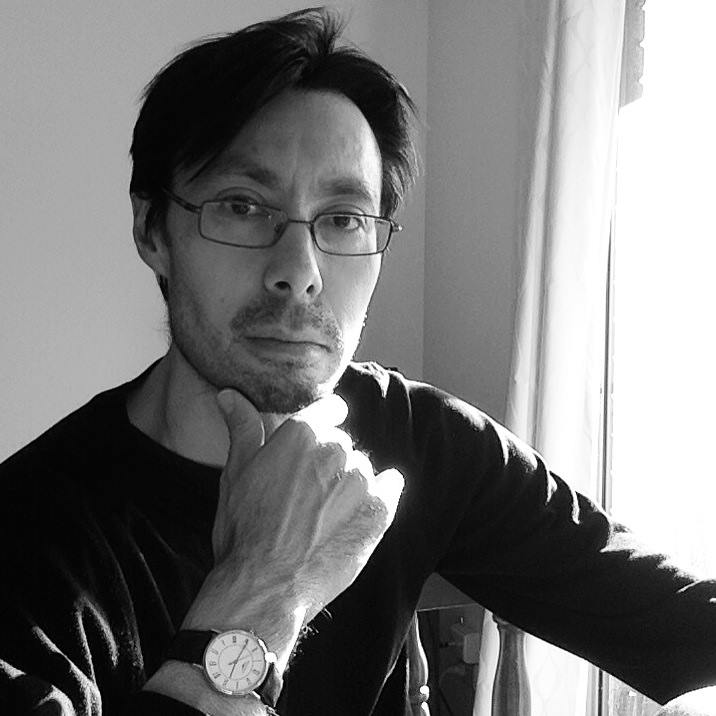 Paul Dawson’s first book of poems, Imagining Winter (IP, 2006), won the national IP Picks Best Poetry award in 2006, and his work has been anthologised in Contemporary Asian Australian Poets (Puncher & Wattmann, 2013) and Harbour City Poems: Sydney in Verse 1888-2008 (Puncher & Wattmann, 2009). His poetry and fiction appear in journals such as Meanjin, Southerly, Westerly, Island, Overland, Cordite Poetry Review, Peril Magazine, Australian Poetry Journal and The Sydney Morning Herald. Paul is currently an Associate Professor in the School of the Arts and Media at the University of New South Wales.
Paul Dawson’s first book of poems, Imagining Winter (IP, 2006), won the national IP Picks Best Poetry award in 2006, and his work has been anthologised in Contemporary Asian Australian Poets (Puncher & Wattmann, 2013) and Harbour City Poems: Sydney in Verse 1888-2008 (Puncher & Wattmann, 2009). His poetry and fiction appear in journals such as Meanjin, Southerly, Westerly, Island, Overland, Cordite Poetry Review, Peril Magazine, Australian Poetry Journal and The Sydney Morning Herald. Paul is currently an Associate Professor in the School of the Arts and Media at the University of New South Wales.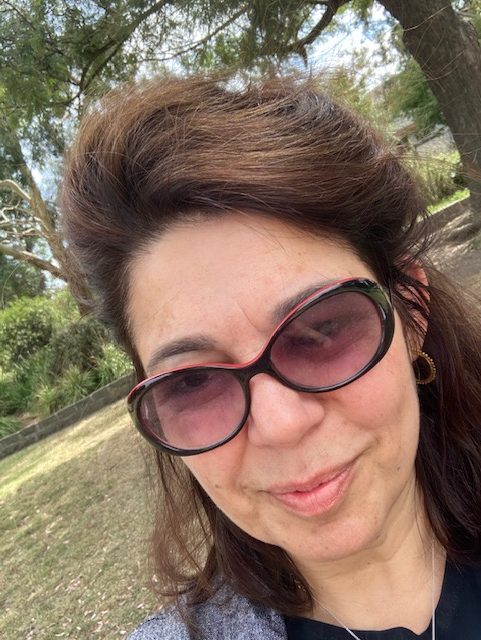 Vasilka Pateras is a Melbourne-based poet and emerging writer whose work is published in n-SCRIBE, Mediterranean Poetry, The Blue Nib and Poetry on the Move. She regularly reads as part of the Melbourne Spoken Word community.
Vasilka Pateras is a Melbourne-based poet and emerging writer whose work is published in n-SCRIBE, Mediterranean Poetry, The Blue Nib and Poetry on the Move. She regularly reads as part of the Melbourne Spoken Word community.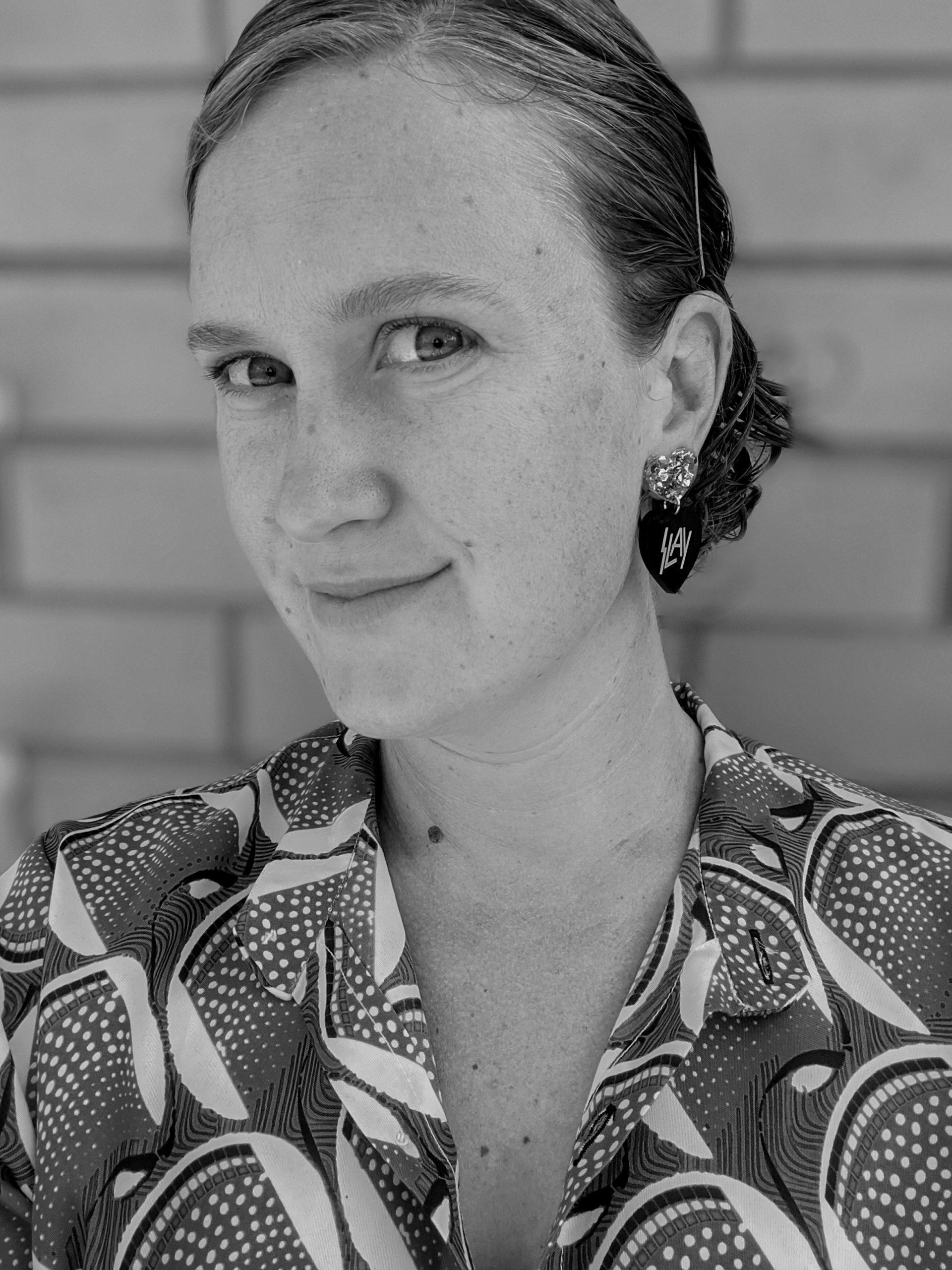

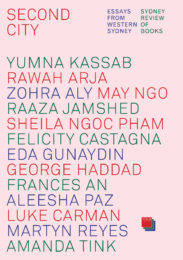 Second City: Essays From Western Sydney
Second City: Essays From Western Sydney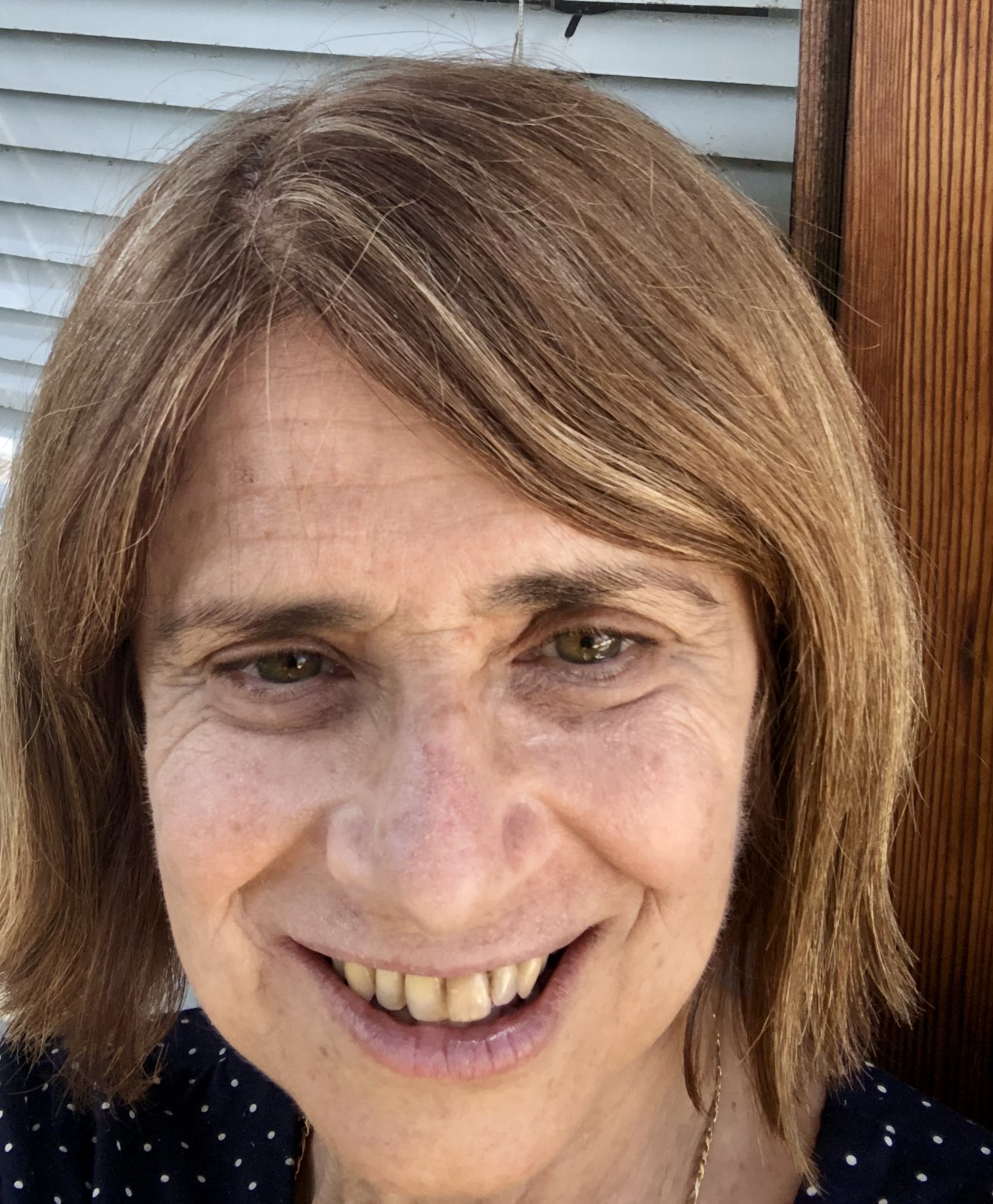 Zoe Karpin lives in Sydney’s inner west with her partner and dog and also works as a Learning and support teacher at a south west multicultural Sydney High School. She has had short stories published in journals such as Going Down Swinging, Gathering Force, Hecate & Femzine recently and online journals such as Dotlit and Sūdō journal recently.
Zoe Karpin lives in Sydney’s inner west with her partner and dog and also works as a Learning and support teacher at a south west multicultural Sydney High School. She has had short stories published in journals such as Going Down Swinging, Gathering Force, Hecate & Femzine recently and online journals such as Dotlit and Sūdō journal recently.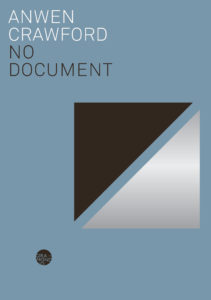 No Document
No Document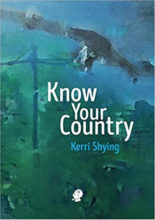 Know Your Country
Know Your Country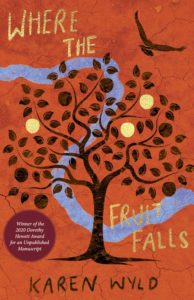 Where the Fruit Falls
Where the Fruit Falls

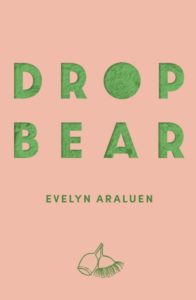 Dropbear
Dropbear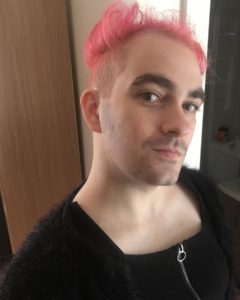 Josie/Jocelyn Deane is a writer/student at the University of Melbourne. Their work has appeared in Cordite, Australian Poetry Journal and Overland, among others. In 2021 they were one of the recipients of the Queensland Poetry Festival Ekphrasis award. They live on unceded Wurundjeri land.
Josie/Jocelyn Deane is a writer/student at the University of Melbourne. Their work has appeared in Cordite, Australian Poetry Journal and Overland, among others. In 2021 they were one of the recipients of the Queensland Poetry Festival Ekphrasis award. They live on unceded Wurundjeri land.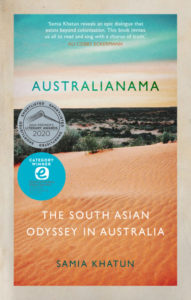
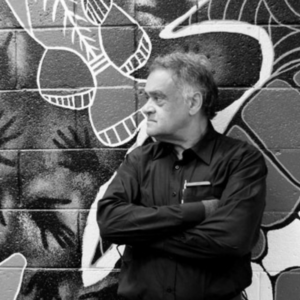 Paul Collis is a Barkindji person. He was born in Bourke, in far north/west NSW. His early life was informed by Barkindji and Kunya and Murawarri, and Wongamara and Nyempa story tellers and artists. Paul grew hearing traditional stories of Aboriginal culture and Law. He earned a Doctorate at University Canberra in 2015. His first novel, Dancing Home, won the 2017 David Uniopon Award for a previously unpublished work by an Indigenous author, and the 2019 ACT Book of the year Award. Nightmares Run Like Mercury his first poetry collection is published by Recent Studies Press in 2021. Paul lives in Canberra and teaches occasionally at University of Canberra.
Paul Collis is a Barkindji person. He was born in Bourke, in far north/west NSW. His early life was informed by Barkindji and Kunya and Murawarri, and Wongamara and Nyempa story tellers and artists. Paul grew hearing traditional stories of Aboriginal culture and Law. He earned a Doctorate at University Canberra in 2015. His first novel, Dancing Home, won the 2017 David Uniopon Award for a previously unpublished work by an Indigenous author, and the 2019 ACT Book of the year Award. Nightmares Run Like Mercury his first poetry collection is published by Recent Studies Press in 2021. Paul lives in Canberra and teaches occasionally at University of Canberra. Motherhood
Motherhood Navigable Ink
Navigable Ink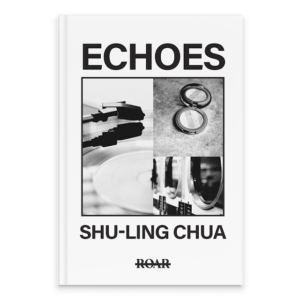 Echoes
Echoes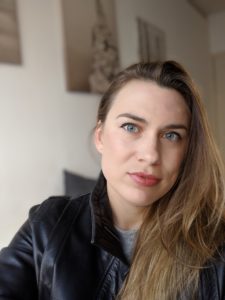 Dasha Maiorova is a Belarus-born writer who lives and works on Dharawal Country in Sydney’s southwest. In 2020 she was runner-up for the Deborah Cass Prize, and won the Heroines Women’s Writing Prize for fiction. Her writing has been published in The Big Issue, Voiceworks and Baby Teeth. She writes about books, reading and more at www.dashamaiorova.com
Dasha Maiorova is a Belarus-born writer who lives and works on Dharawal Country in Sydney’s southwest. In 2020 she was runner-up for the Deborah Cass Prize, and won the Heroines Women’s Writing Prize for fiction. Her writing has been published in The Big Issue, Voiceworks and Baby Teeth. She writes about books, reading and more at www.dashamaiorova.com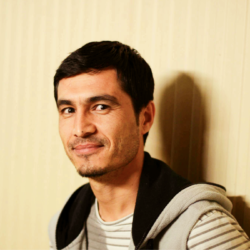 Sahib Nazari is a writer of Hazara descent from Afghanistan. He studied creative writing and literature at Griffith University. Other than his mother language Hazaragi, and adopted language English, Sahib is also literate in Dari/Fiarsi and Urdu.
Sahib Nazari is a writer of Hazara descent from Afghanistan. He studied creative writing and literature at Griffith University. Other than his mother language Hazaragi, and adopted language English, Sahib is also literate in Dari/Fiarsi and Urdu.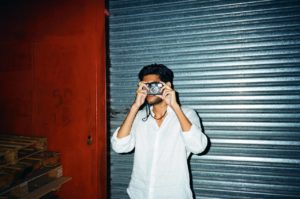 Anith Mukherjee is an artist based in Sydney. He has a brief publication history.
Anith Mukherjee is an artist based in Sydney. He has a brief publication history.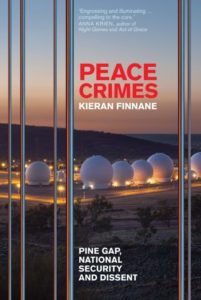 Peace Crimes: Pine Gap, National Security and Dissent
Peace Crimes: Pine Gap, National Security and Dissent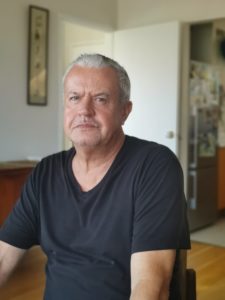 Peter Gilkes is a writer, artist and previously an operations and business manager based in Kuala Lumpur. He recently returned to Australia after working in SE Asia for nine years. He has had articles published with the Sydney Morning Herald and is now compiling a book of images and memories of travel from the last 30 years.
Peter Gilkes is a writer, artist and previously an operations and business manager based in Kuala Lumpur. He recently returned to Australia after working in SE Asia for nine years. He has had articles published with the Sydney Morning Herald and is now compiling a book of images and memories of travel from the last 30 years.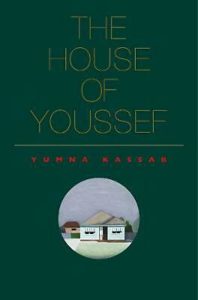 The House of Youssef
The House of Youssef  Šime Knežević was born in 1985 and lives in Sydney. His debut poetry chapbook, The Hostage, was published by Subbed In. His poetry has appeared in Ambit (UK), Australian Poetry Journal, Cordite Poetry Review, Going Down Swinging, Magma (UK), SAND (Germany), Signal House Edition, The Stockholm Review of Literature, and elsewhere.
Šime Knežević was born in 1985 and lives in Sydney. His debut poetry chapbook, The Hostage, was published by Subbed In. His poetry has appeared in Ambit (UK), Australian Poetry Journal, Cordite Poetry Review, Going Down Swinging, Magma (UK), SAND (Germany), Signal House Edition, The Stockholm Review of Literature, and elsewhere. 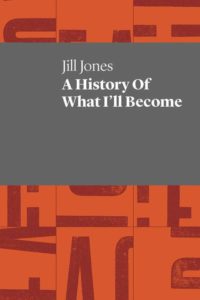 A History of What I’ll Become
A History of What I’ll Become 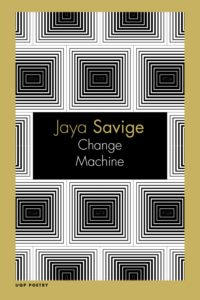 Change Machine
Change Machine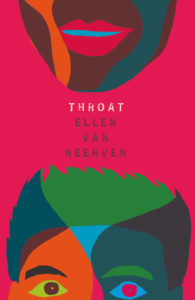 Throat
Throat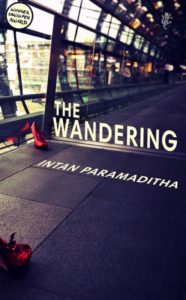 The Wandering
The Wandering